
views
Getting into Position
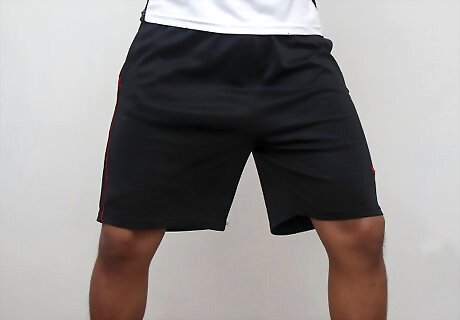
Start with your hips parallel with the ground. Make sure you feel solid over both feet. If your hips are tilted then your already in an improper boxing stance. If you don't feel solid over both feet then you're in an improper stance.
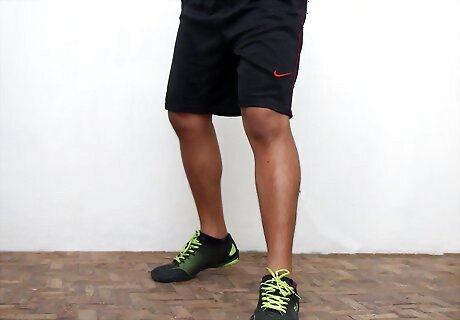
Step forward with your non-dominant foot. Stand so your dominant foot is slightly back and your non-dominant foot is in front. For instance, if you're right-handed, your left foot should be in front. Don't put your foot directly in a straight line with each other. Also, don't cross your feet, or you'll be unbalanced. Keep your rear heel raised.
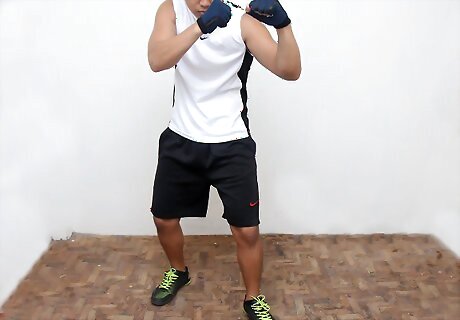
Keep your feet only shoulder-width apart. If your feet are too wide you will be locked in that position; if your feet are too close together then you will be off balance and easily knocked over. Your front leg should be stiff and your back leg bent. You can however be to wide for more power or your feet some what close for more speed, in punching. Adjust as needed.
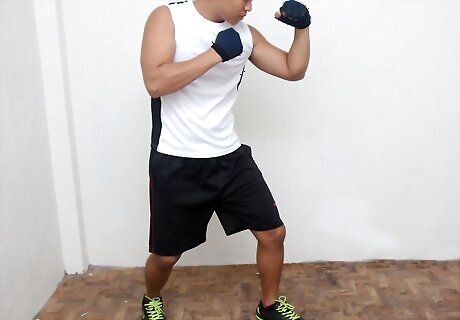
Position your feet at an angle. Turn both of your feet so they're turned in at about 45°. You can adjust the degrees of your feet position for your comfort just a little. Your back foot can be pointed directly to the side, if you're more comfortable this way.
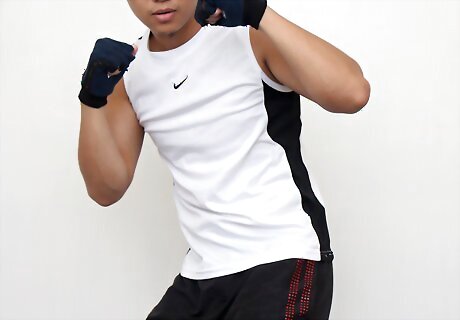
Keep your hands up and your elbows down. Once your feet are set, lift your hands to keep them near your face. Your non-dominant hand should be forward—the hand that's on the same time as your front foot. Also, keep your elbows really close to your ribs.
Stance Variations
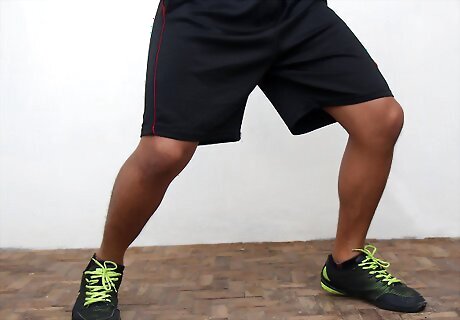
Widen your stance to be more defensive. Stand wide with your front toe in line, cutting off your rear heal and widening your triangular stance. With this wide stance your upper body will be a small target. You may adjust this stance to your comfort. In this stance, your front 'shoulder will be pointing to your opponent. This wide stance will take some percentage off your offense power and some percentage off your balance. You will have more percentage towards your defense and take some percentage off your offense. This stance is not wrong. This stance would be more for the jabbing range, long range.
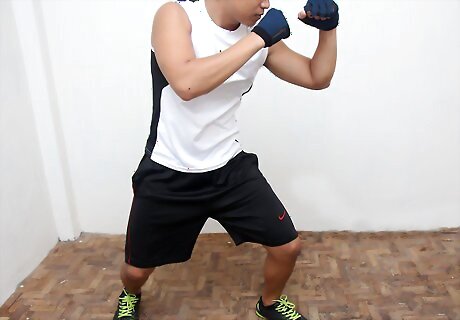
Keep a more square stance to give your offense full potential. This can be called shorting or making the triangular stance shorter instead of longer. Keep in mind that in this stance you will give up some percentage of your defense by squaring up your shoulders and giving some percentage to your offense. You will be in perfect balance. This stance is perfect for close range fighting, as you need to be in perfect balance at close range hook and uppercut range. This stance will give you also mobility to slip and to have power.
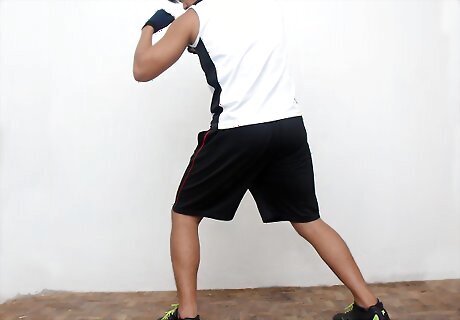
Balance both offense and defense with a compromise stance. You front shoulder should be in line with your front heal; your front foot should be about 25 degrees inward adjust as need for comfort. Your rear foot should be pointed directly at your opponent. Adjust as need for your comfort. Use this stance at close range. Keep in mind that your front toe and your rear heal should be about six inches apart from each other. This stance will give you good balance at close range. Widen or shorten your feet as needed. Widen for power; shorten for speed.

Adjust as needed in order for your hips to turn properly. You need your front leg to be stiff but not completely locked. It's a bit like a pole/hinge of a gate in the ground, so you can turn your hips properly when punching with the rear hand. If you're punching with the lead hook your rear leg should be stiff but not locked, like a pole in the ground.
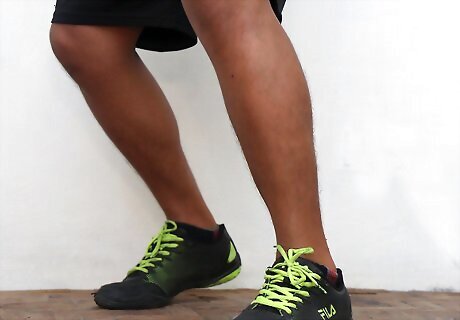
Keep your weight balanced. Your weight should be 50 percent on one foot and 50 percent on the other foot. Doing this will aid you in moving on your footwork. This will help you move more effectively with your weight evenly distributed adjust as needed. To move more effectively have your weight on the balls of your feet. If you want your weight to be on the heel of your front foot, keep your front leg stiff with the bones in your leg lined up. If your front leg is bent, you will have your weight across your entire front foot instead of your weight just on your heel, which can feel more balanced.


















Comments
0 comment